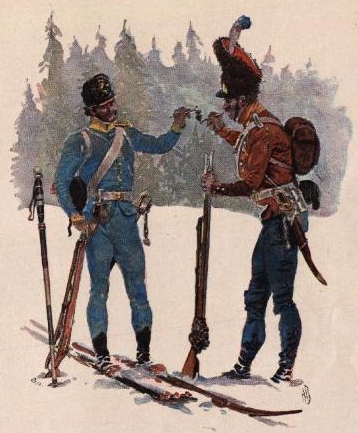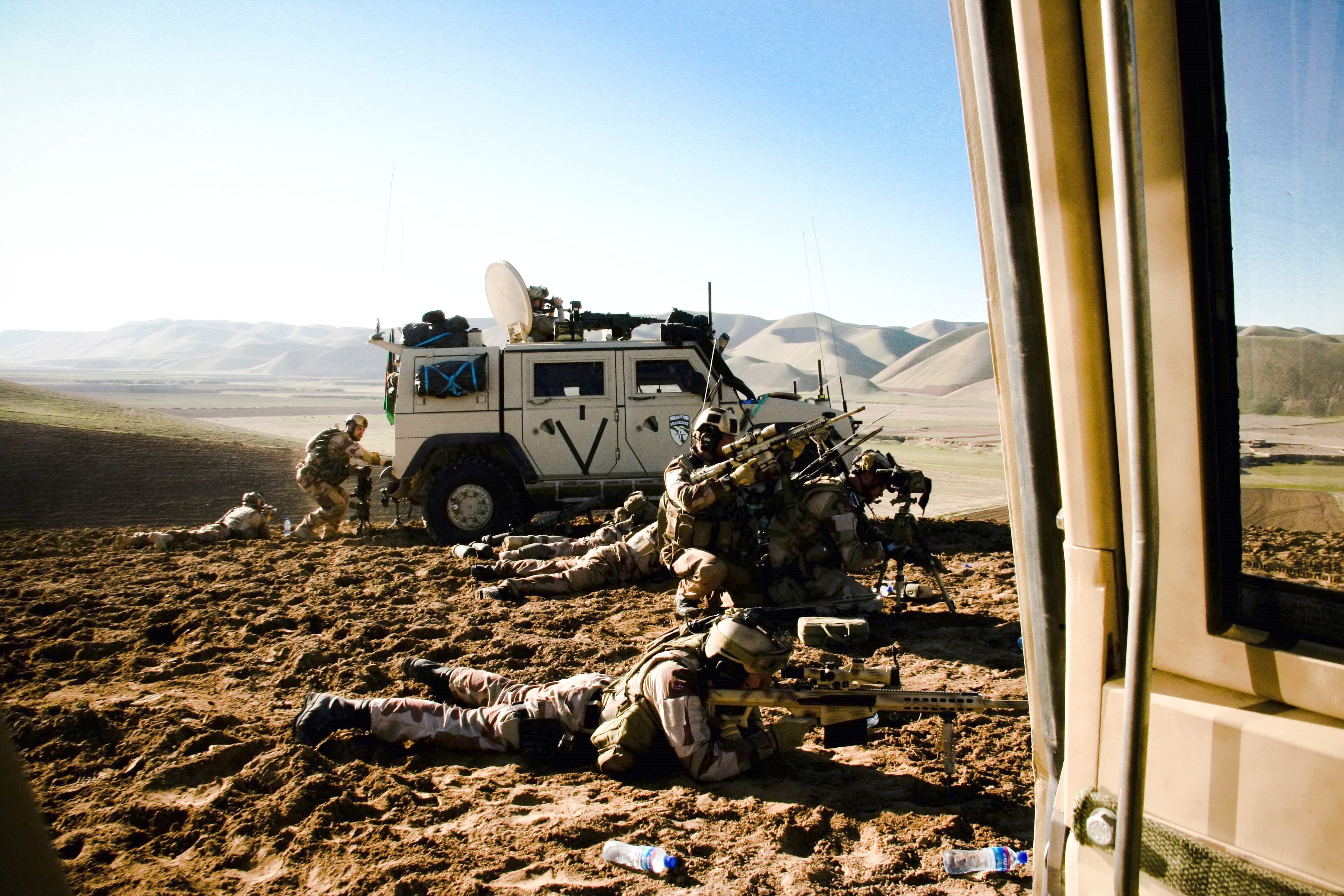|
Anne Rydning
Anne Rydning (born 27 February 1965 in Narvik, Norway) is a Brigadier General and head of department of operation management in the Norwegian army staff. Has varied military background. Academy Graduate. Has worked as a platoon and company commander at the engineer battalion Skjold. Has also worked in the Defence Logistics Organisation and the Defence Ministry. In recent years she has worked in Hærstaben (Norwegian army) In January 2011 she took over as the first female chief of the Norway, Norwegian forces in Afghanistan . See also *PRT Meymaneh References Living people 1965 births People from Narvik Norwegian women Recipients of the Military Order of the Cross of the Eagle, Class IV 21st-century Norwegian women 21st-century Norwegian military personnel 20th-century Norwegian women 20th-century Norwegian people 20th-century Norwegian military personnel {{norway-mil-bio-stub ... [...More Info...] [...Related Items...] OR: [Wikipedia] [Google] [Baidu] |
Narvik
( se, Áhkanjárga) is the third-largest municipality in Nordland county, Norway, by population. The administrative centre of the municipality is the town of Narvik. Some of the notable villages in the municipality include Ankenesstranda, Ballangen, Beisfjord, Bjerkvik, Bjørnfjell, Elvegård, Kjøpsvik, Skjomen, Håkvik, Hergot, Straumsnes, and Vidrek. The Elvegårdsmoen army camp is located near Bjerkvik. Narvik is located on the shores of the Ofotfjorden. The municipality is part of the traditional district of Ofoten of Northern Norway, inside the Arctic Circle. The municipality of Narvik borders the municipality of Hamarøy to the southwest, Evenes to the northwest, Bardu, Gratangen, Lavangen and Tjeldsund (in Troms og Finnmark county) to the north, and Norrbotten County ( Lapland) in Sweden to the south and east. The municipality is the 10th largest by area out of the 356 municipalities in Norway. Narvik is the 57th most populous municipality in Norway with a popula ... [...More Info...] [...Related Items...] OR: [Wikipedia] [Google] [Baidu] |
Norway
Norway, officially the Kingdom of Norway, is a Nordic country in Northern Europe, the mainland territory of which comprises the western and northernmost portion of the Scandinavian Peninsula. The remote Arctic island of Jan Mayen and the archipelago of Svalbard also form part of Norway. Bouvet Island, located in the Subantarctic, is a dependency of Norway; it also lays claims to the Antarctic territories of Peter I Island and Queen Maud Land. The capital and largest city in Norway is Oslo. Norway has a total area of and had a population of 5,425,270 in January 2022. The country shares a long eastern border with Sweden at a length of . It is bordered by Finland and Russia to the northeast and the Skagerrak strait to the south, on the other side of which are Denmark and the United Kingdom. Norway has an extensive coastline, facing the North Atlantic Ocean and the Barents Sea. The maritime influence dominates Norway's climate, with mild lowland temperatures on the se ... [...More Info...] [...Related Items...] OR: [Wikipedia] [Google] [Baidu] |
Military Ranks And Insignia Of Norway
Military ranks and rank insignia of Norway were changed June 1, 2016, with the reintroduction of the Non-Commissioned Officer Corps, and the abolishment of the one-tier officer system in place since 1975. New system of 2016 The Storting adopted in 2015 the new scheme for military personnel, ''Militærordningen''. From 2016, the Norwegian Defence Forces have two career ladders for the military personnel; one officer scheme for personnel with a degree from the military academy, or a university degree and qualification courses, and a non-commissioned officer scheme for personnel with non-commissioned officer school. Commissioned officers The rank insignia for commissioned officers for the army, navy and air force respectively. Enlisted The following are the rank insignia for enlisted for the army, navy and air force respectively. Historic ranks System 1916–1930 Officers Enlisted System ?–1975 Officers Enlisted System 1975–2016 Norway did not have a non-commissione ... [...More Info...] [...Related Items...] OR: [Wikipedia] [Google] [Baidu] |
Norwegian Army
The Norwegian Army ( no, Hæren) is the land warfare service branch of the Norwegian Armed Forces. The Army is the oldest of the Norwegian service branches, established as a modern military organization under the command of the King of Norway in 1628. The Army participated in various continental wars during the 17th, 18th, and 19th centuries as well, both in Norway and abroad, especially in World War II (1939–1945). It constitutes part of the Norwegian military contribution as a charter member of the North Atlantic Treaty Organization (NATO) since 1949. History Creation of the Norwegian Army After the Kalmar War broke out in 1611, the Danish-Norwegian king, Christian IV tried to revive the leidang, with dire results. As the Norwegian peasantry had not been armed or trained in the use of arms for nearly three centuries, they were not able to fight. Soldiers deserted or were captured. The soldiers had to participate in military drills, while providing supplementary labor to ... [...More Info...] [...Related Items...] OR: [Wikipedia] [Google] [Baidu] |
Afghanistan
Afghanistan, officially the Islamic Emirate of Afghanistan,; prs, امارت اسلامی افغانستان is a landlocked country located at the crossroads of Central Asia and South Asia. Referred to as the Heart of Asia, it is bordered by Pakistan to the Durand Line, east and south, Iran to the Afghanistan–Iran border, west, Turkmenistan to the Afghanistan–Turkmenistan border, northwest, Uzbekistan to the Afghanistan–Uzbekistan border, north, Tajikistan to the Afghanistan–Tajikistan border, northeast, and China to the Afghanistan–China border, northeast and east. Occupying of land, the country is predominantly mountainous with plains Afghan Turkestan, in the north and Sistan Basin, the southwest, which are separated by the Hindu Kush mountain range. , Demographics of Afghanistan, its population is 40.2 million (officially estimated to be 32.9 million), composed mostly of ethnic Pashtuns, Tajiks, Hazaras, and Uzbeks. Kabul is the country's largest city and ser ... [...More Info...] [...Related Items...] OR: [Wikipedia] [Google] [Baidu] |
PRT Meymaneh
The Provincial Reconstruction Team in Meymaneh was an International Security Assistance Force (ISAF) command; it existed between 2004 and 2012. It was classified by NATO, as a "Provincial Reconstruction Team". It consisted of soldiers and civilians from Norway, Latvia, Macedonia, Iceland and the United States. It conducts joint operations with Afghan Security Forces in Faryab province. It is led by ISAF and began its work in 2004 when they took over from the British. The camp was moved out of the city due to several attacks and a lack of space, in 2006. It is co-located with the airstrip, north of Meymaneh. Several " FOBs" are located in Ghormach and Qeysar districts, which the PRT share with Afghan soldiers. Overview The PRT Meymaneh focuses on security operations with Afghan security forces who they 'partner'. Their joint mission is to establish a secure and safe environment for Afghan society. Since the Taliban were defeated by the Northern Alliance in 2001 and withdrew fr ... [...More Info...] [...Related Items...] OR: [Wikipedia] [Google] [Baidu] |
Living People
Related categories * :Year of birth missing (living people) / :Year of birth unknown * :Date of birth missing (living people) / :Date of birth unknown * :Place of birth missing (living people) / :Place of birth unknown * :Year of death missing / :Year of death unknown * :Date of death missing / :Date of death unknown * :Place of death missing / :Place of death unknown * :Missing middle or first names See also * :Dead people * :Template:L, which generates this category or death years, and birth year and sort keys. : {{DEFAULTSORT:Living people 21st-century people People by status ... [...More Info...] [...Related Items...] OR: [Wikipedia] [Google] [Baidu] |
1965 Births
Events January–February * January 14 – The Prime Minister of Northern Ireland and the Taoiseach of the Republic of Ireland meet for the first time in 43 years. * January 20 ** Lyndon B. Johnson is Second inauguration of Lyndon B. Johnson, sworn in for a full term as President of the United States. ** Indonesian President Sukarno announces the withdrawal of the Indonesian government from the United Nations. * January 30 – The Death and state funeral of Winston Churchill, state funeral of Sir Winston Churchill takes place in London with the largest assembly of dignitaries in the world until the 2005 funeral of Pope John Paul II. * February 4 – Trofim Lysenko is removed from his post as director of the Institute of Genetics at the Russian Academy of Sciences, Academy of Sciences in the Soviet Union. Lysenkoism, Lysenkoist theories are now treated as pseudoscience. * February 12 ** The African and Malagasy Republic, Malagasy Common Organization ('; OCA ... [...More Info...] [...Related Items...] OR: [Wikipedia] [Google] [Baidu] |
People From Narvik
A person ( : people) is a being that has certain capacities or attributes such as reason, morality, consciousness or self-consciousness, and being a part of a culturally established form of social relations such as kinship, ownership of property, or legal responsibility. The defining features of personhood and, consequently, what makes a person count as a person, differ widely among cultures and contexts. In addition to the question of personhood, of what makes a being count as a person to begin with, there are further questions about personal identity and self: both about what makes any particular person that particular person instead of another, and about what makes a person at one time the same person as they were or will be at another time despite any intervening changes. The plural form "people" is often used to refer to an entire nation or ethnic group (as in "a people"), and this was the original meaning of the word; it subsequently acquired its use as a plural form of ... [...More Info...] [...Related Items...] OR: [Wikipedia] [Google] [Baidu] |
Norwegian Women
The feminist movement in Norway has made significant progress in reforming laws and social customs in the nation, advancing the rights of the women of Norway. 1840s: First wave of feminism In 1840, Norwegian women's status was considered as ''incapable'', that is to say, that it was impossible to enter into any agreement, debts, or even control their own money. They were not entitled to any training or able to be considered for any government job. As for single women, of which there were many during the era, they could request to be placed into employment under the authority of a guardian. On their wedding day, married women transitioned from living under the authority of their fathers to under that of their husbands During the reign of Magnus VI Lagabøter (1263–1280), the age of majority was set at twenty years for both sexes. Norwegian law changed later during the reign of Christian V (1670–1699). His regime issued the Law in Norway (1687) which, following the ... [...More Info...] [...Related Items...] OR: [Wikipedia] [Google] [Baidu] |
21st-century Norwegian Women
The 1st century was the century spanning AD 1 (Roman numerals, I) through AD 100 (Roman numerals, C) according to the Julian calendar. It is often written as the or to distinguish it from the 1st century BC (or BCE) which preceded it. The 1st century is considered part of the Classical era, epoch, or History by period, historical period. The 1st century also saw the Christianity in the 1st century, appearance of Christianity. During this period, Europe, North Africa and the Near East fell under increasing domination by the Roman Empire, which continued expanding, most notably conquering Britain under the emperor Claudius (AD 43). The reforms introduced by Augustus during his long reign stabilized the empire after the turmoil of the previous century's civil wars. Later in the century the Julio-Claudian dynasty, which had been founded by Augustus, came to an end with the suicide of Nero in AD 68. There followed the famous Year of Four Emperors, a brief period of civil war and inst ... [...More Info...] [...Related Items...] OR: [Wikipedia] [Google] [Baidu] |



_1938.jpg)

